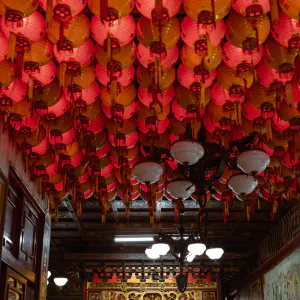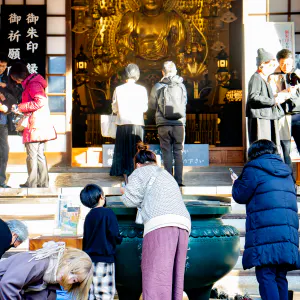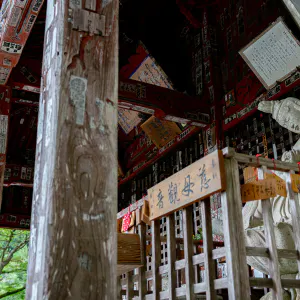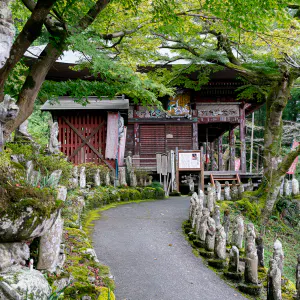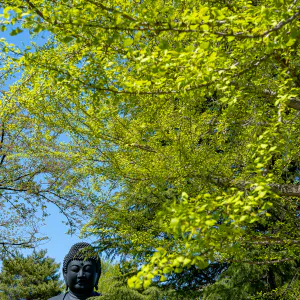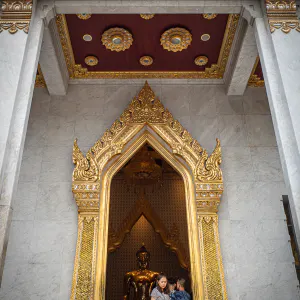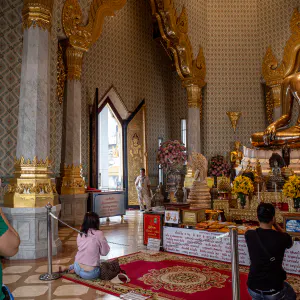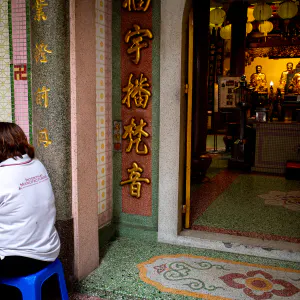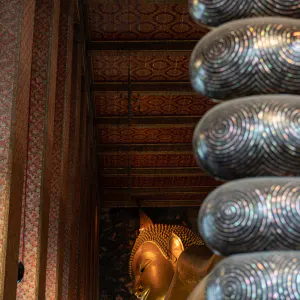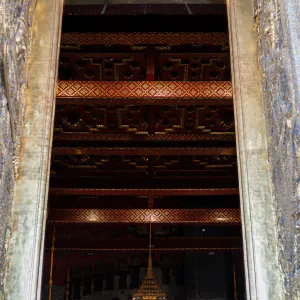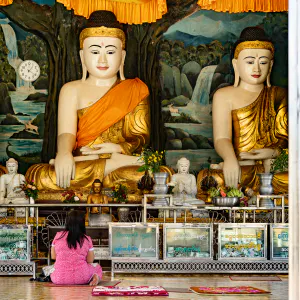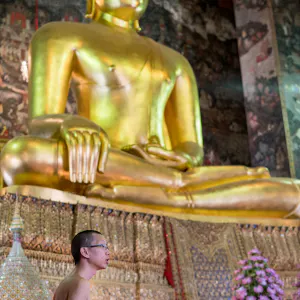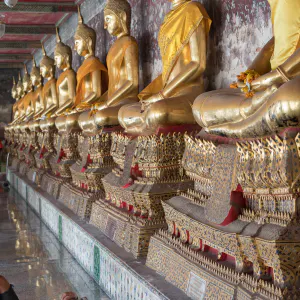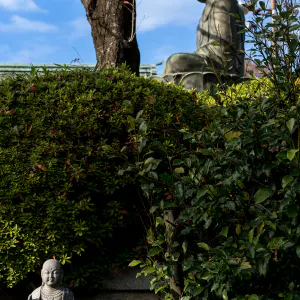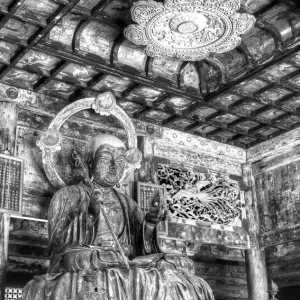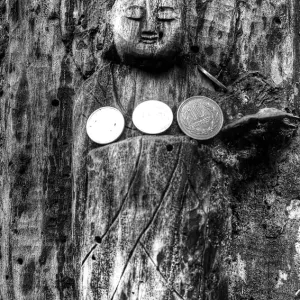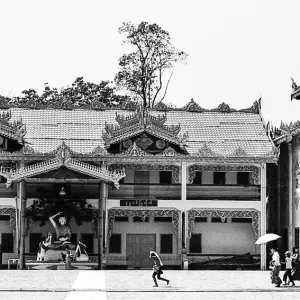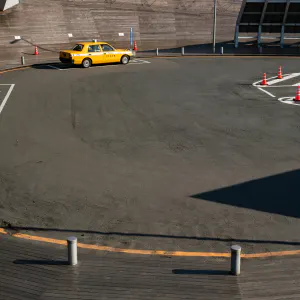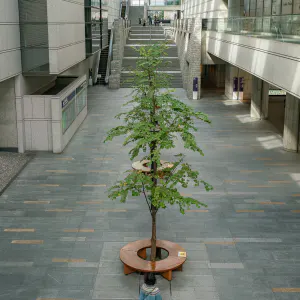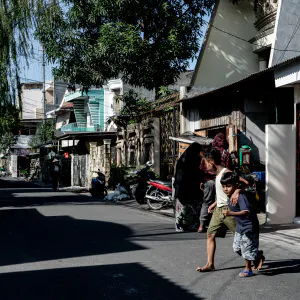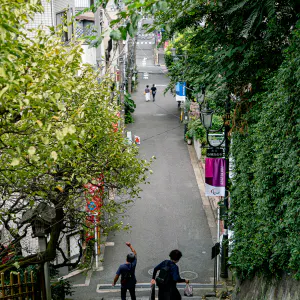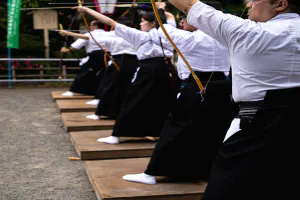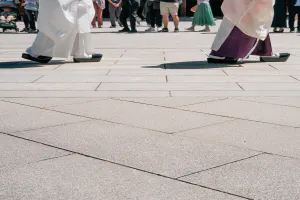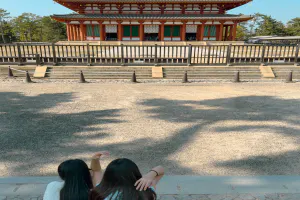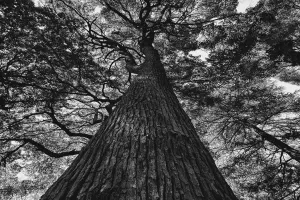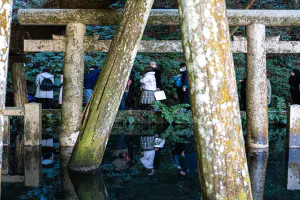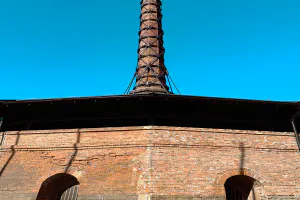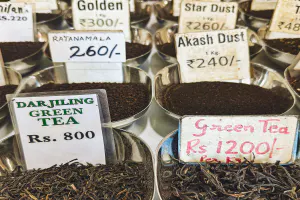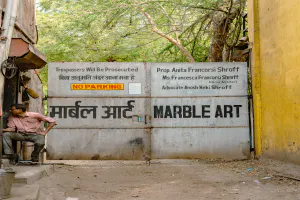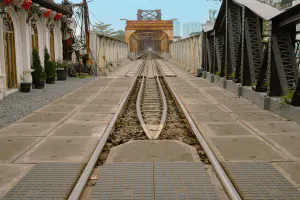A stone Budda statue quietly closed its eyes at the 88 sacred places on Shikoku at Ryuko-ji Temple in Suginami
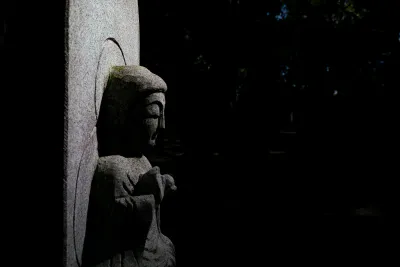
It must have been very difficult to go on a pilgrimage from Tokyo to Shikoku in the days when there was no transportation system. It would have been a difficult journey just to visit the 88 sacred sites in Shikoku, but to stand at the starting point of the pilgrimage, one would have to walk a longer distance than the pilgrim's route. I was worried that I would already be exhausted when the real work began.
Although people would love to go on a pilgrimage, the hurdle to going on a pilgrimage is incredibly high. Even if many people want to go on a pilgrimage, the number of those who can go is limited. This is where a change of mindset came in. If it is difficult to go there, why not have the pilgrims come to the area? It is my imagination, but this may have been the beginning of the "Osunabumi" Pilgrimage.
The "Osunabumi" is a variant of the pilgrimage in which sand is collected from each of the 88 sacred places on Shikoku Island, and the sand is considered to be the "fuda-sho" (place of worship). It is said that stepping on this "sand" while paying homage is the same as actually making the pilgrimage. The practice has become popular as a way to make a pilgrimage without having to travel to distant Shikoku, and by the Edo period (1603-1868), places were being built throughout Japan where visitors could step in the sand at the 88 sacred sites of the Shikoku region. Ryuko-ji Temple, which I came to on this day, also had such a sacred site for the 88 temples of Shikoku.
I am not sure if this sacred site is old or not. However, from the group of stone Buddha statues along the approach to the temple, it did not seem to be that old.
| Apr 2022 STILL LIFE TOKYO | |
| BUDDHA STATUE IZUMI TEMPLE |
PHOTO DATA
No
12250
Shooting Date
Feb 2022
Posted On
April 29, 2022
Modified On
August 14, 2023
Place
Izumi, Tokyo
Genre
Still Life Photography
Camera
SONY ALPHA 7R II
Lens
ZEISS LOXIA 2/35

